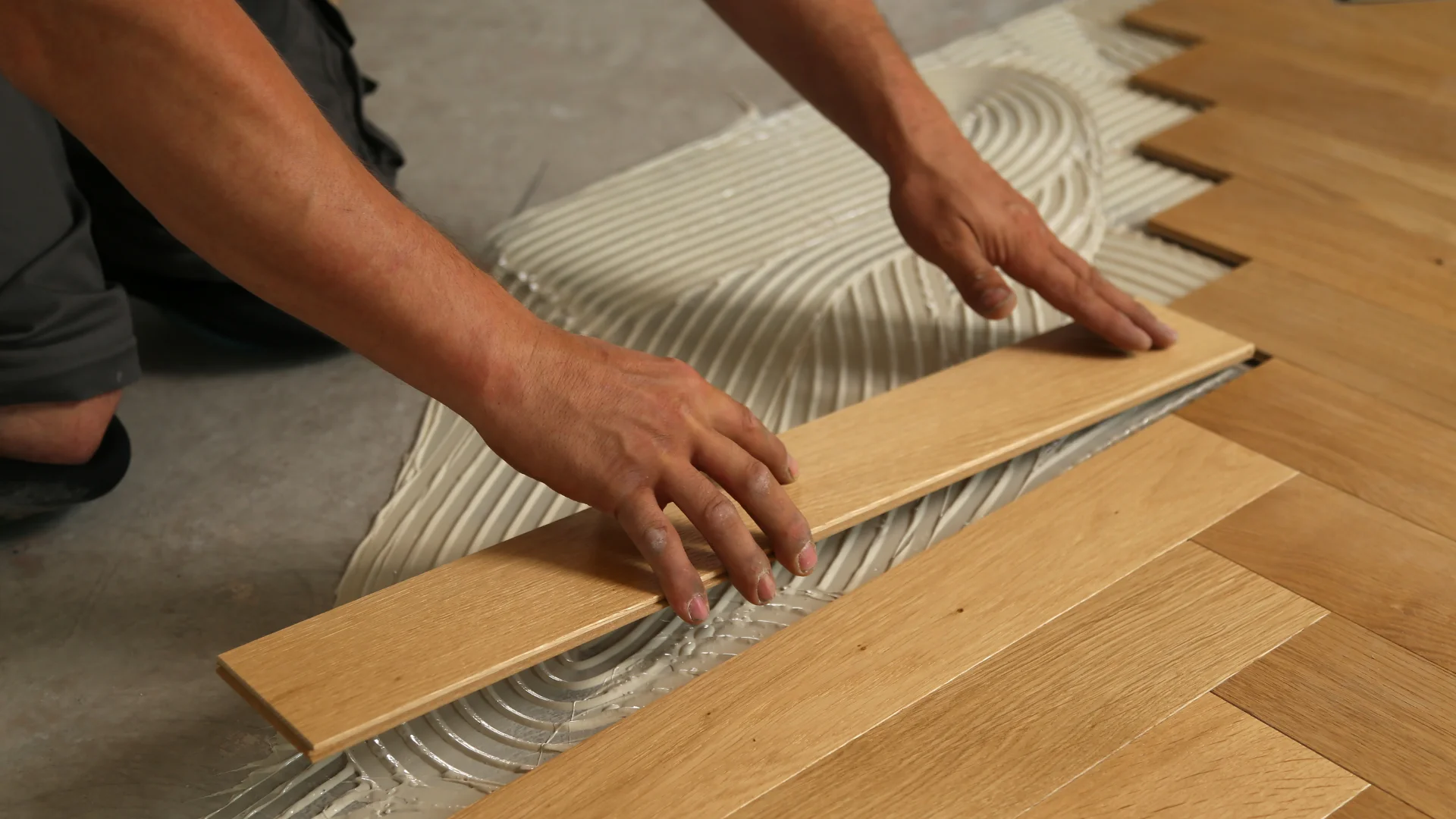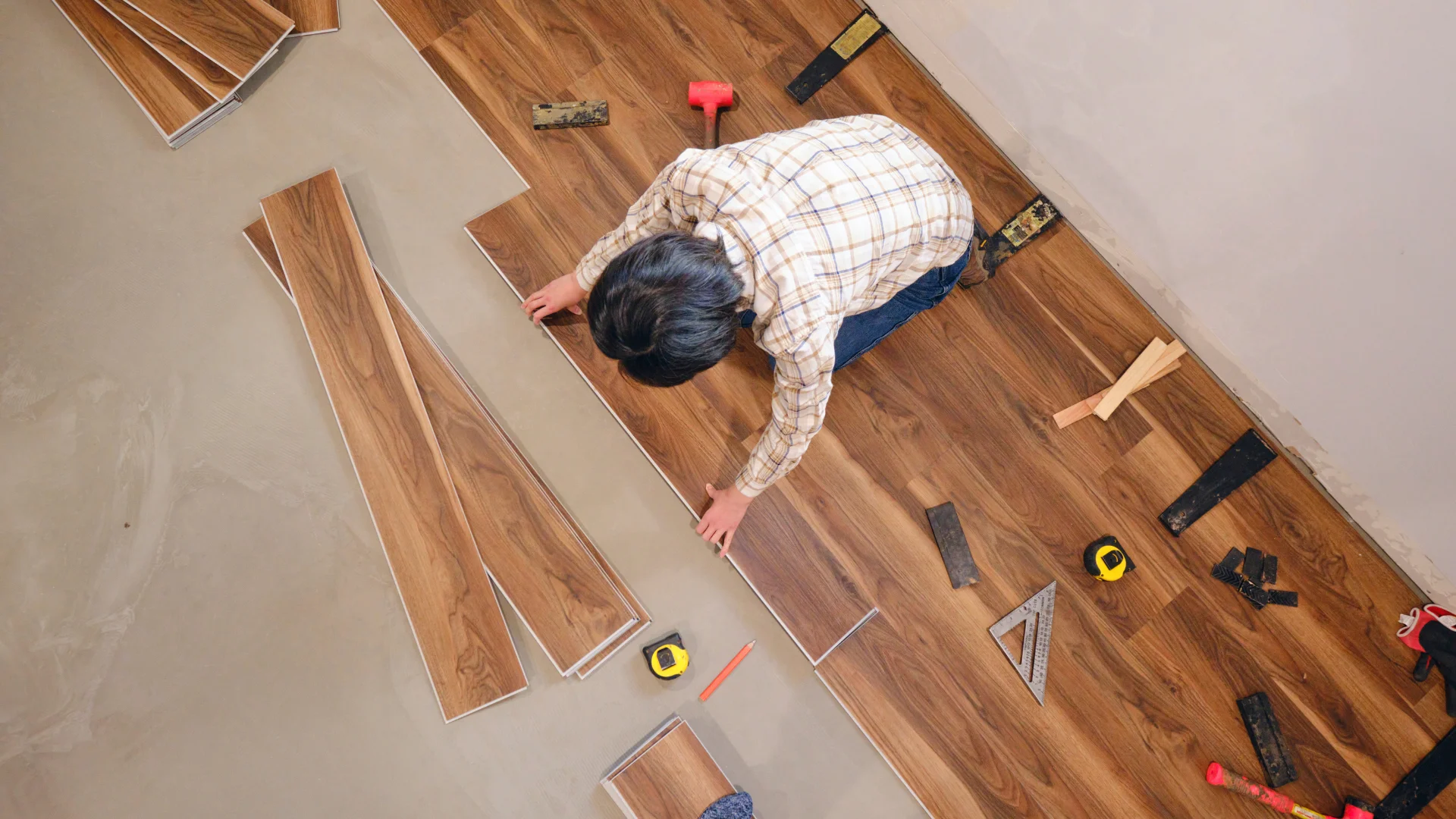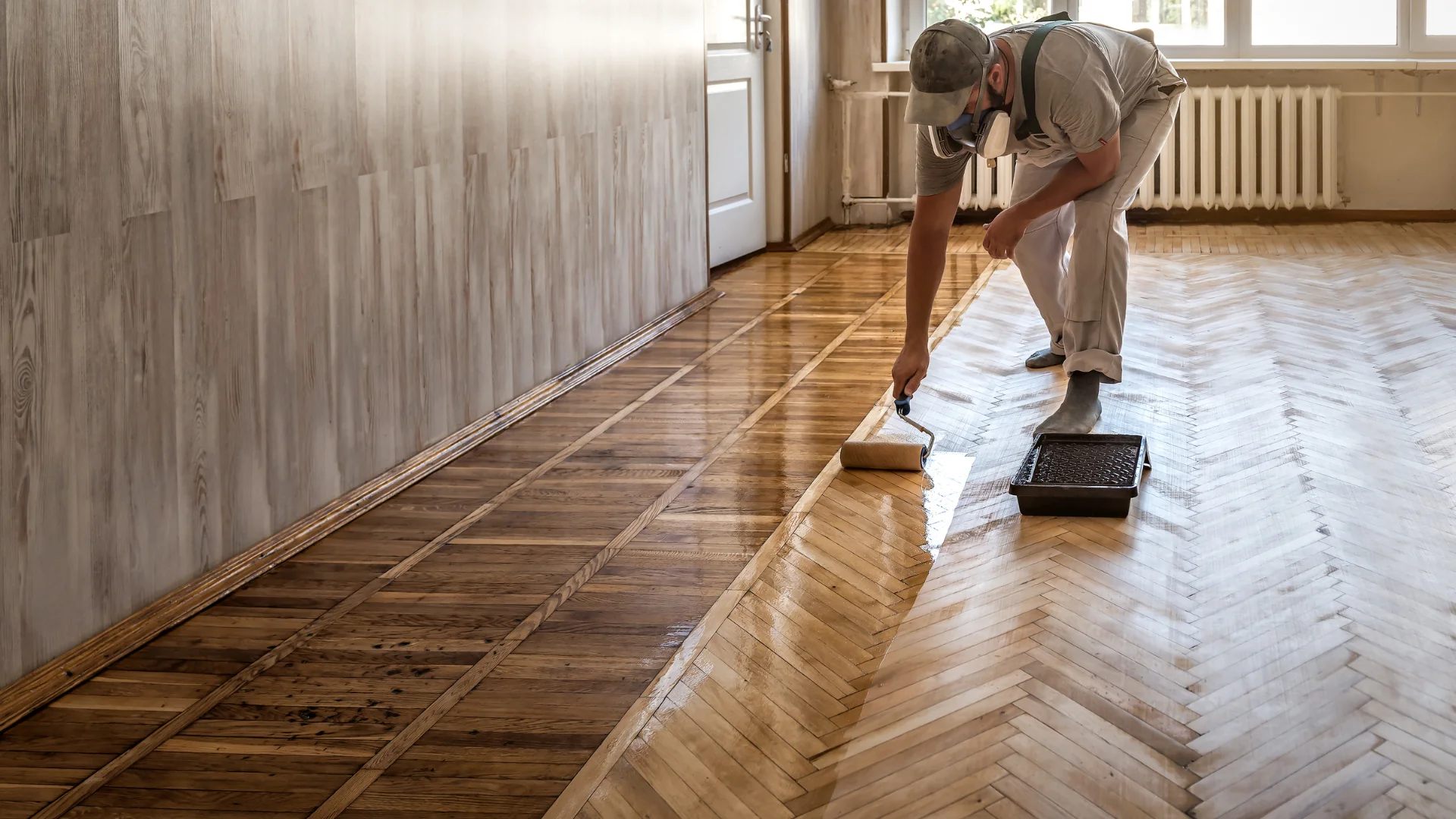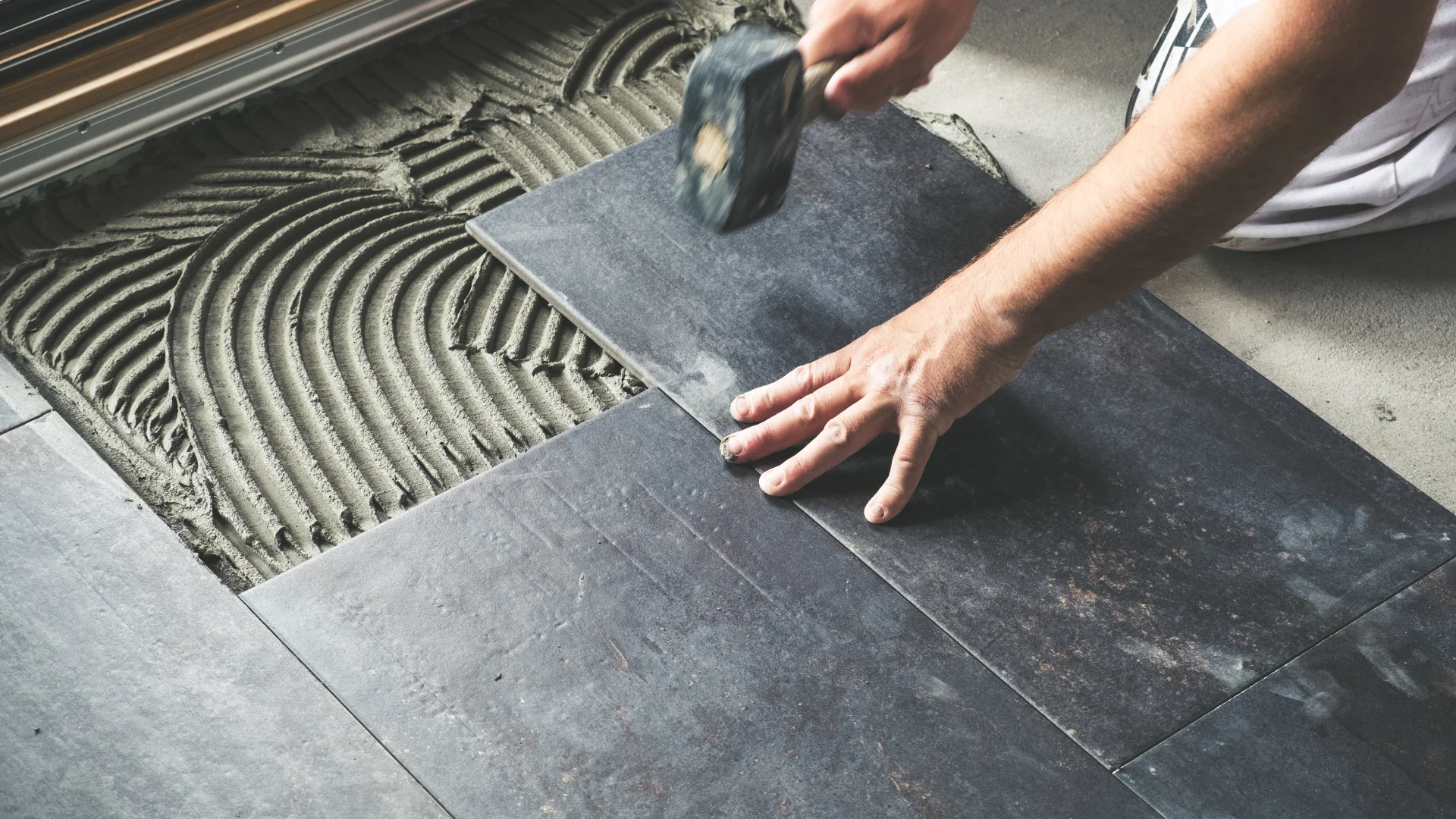Embarking on DIY flooring projects can be a rewarding experience, offering the satisfaction of transforming a space with your own hands. However, safety is paramount in these undertakings to prevent accidents and injuries. This comprehensive guide provides essential safety tips, common hazards, and practical advice for conducting flooring projects safely.
The Importance of Safety in DIY Flooring Projects
Understanding the Risks
Flooring projects can pose various risks, including:
- Physical Injuries: Cuts, bruises, and punctures from tools and materials.
- Musculoskeletal Injuries: Strains and sprains from lifting heavy materials or working in awkward positions.
- Exposure to Hazardous Substances: Dust, fumes, and chemicals from adhesives, sealants, and flooring materials.
- Electrical Hazards: Risks associated with removing or installing electrical floor heating systems.
- Slips and Falls: Working on unfinished or slippery surfaces.
Importance of Preparation
Proper preparation is crucial for minimizing risks. This includes planning the project, gathering necessary tools and materials, and understanding the steps involved.
Essential Safety Tips for Flooring Projects
Personal Protective Equipment (PPE)
- Gloves
- Purpose: Protect hands from cuts, abrasions, and exposure to chemicals.
- Recommended Types: Leather gloves for general work, nitrile gloves for handling adhesives and sealants.
- Safety Goggles
- Purpose: Protect eyes from dust, debris, and chemical splashes.
- Recommended Types: ANSI-rated safety goggles with side shields.
- Knee Pads
- Purpose: Provide comfort and protection when kneeling for extended periods.
- Recommended Types: Gel-filled knee pads with adjustable straps.
- Respirator or Dust Mask
- Purpose: Protect lungs from dust and fumes.
- Recommended Types: N95 respirators for dust, organic vapor respirators for chemical fumes.
- Hearing Protection
- Purpose: Protect ears from loud noises produced by power tools.
- Recommended Types: Earplugs or earmuffs with a high noise reduction rating (NRR).
Tools and Equipment Safety
- Power Tools
- Safety Tips:
- Inspect tools before use to ensure they are in good working condition.
- Use tools according to the manufacturer’s instructions.
- Disconnect power tools when changing blades or bits.
- Keep fingers and hands away from moving parts.
- Safety Tips:
- Hand Tools
- Safety Tips:
- Keep tools sharp and in good repair to reduce the effort needed and prevent slipping.
- Use the right tool for the job to avoid accidents.
- Safety Tips:
- Ladders and Step Stools
- Safety Tips:
- Ensure the ladder is stable and on a flat surface before climbing.
- Do not stand on the top rung or overreach.
- Maintain three points of contact (two hands and one foot or two feet and one hand) when climbing.
- Safety Tips:
Handling Materials Safely
- Lifting and Carrying
- Safety Tips:
- Use proper lifting techniques: bend at the knees, keep the back straight, and lift with your legs.
- Get help when lifting heavy or awkward materials.
- Use dollies or carts to move heavy items.
- Safety Tips:
- Cutting and Trimming
- Safety Tips:
- Secure materials before cutting to prevent movement.
- Use sharp blades to reduce the risk of slipping.
- Cut away from your body to avoid injuries.
- Safety Tips:
Chemical Safety
- Adhesives and Sealants
- Safety Tips:
- Use in well-ventilated areas to avoid inhaling fumes.
- Follow the manufacturer’s instructions for safe handling and disposal.
- Store chemicals in their original containers with labels intact.
- Safety Tips:
- Cleaning Agents
- Safety Tips:
- Wear gloves and eye protection when using harsh chemicals.
- Never mix different cleaning agents, as this can produce toxic fumes.
- Safety Tips:
Common Hazards and How to Avoid Them
- Dust and Debris
- Hazards: Respiratory issues, eye injuries.
- Prevention: Use dust masks, keep the work area clean, and use dust collection systems on power tools.
- Electrical Hazards
- Hazards: Shock, burns.
- Prevention: Turn off power at the circuit breaker before working on electrical systems, use insulated tools, and avoid working in wet conditions.
- Slips, Trips, and Falls
- Hazards: Injuries from falling or tripping.
- Prevention: Keep the work area tidy, use non-slip mats, and ensure proper lighting.
- Chemical Exposure
- Hazards: Skin irritation, respiratory issues.
- Prevention: Use appropriate PPE, work in well-ventilated areas, and follow safety guidelines for handling and storage.
Case Studies: Common Safety Mistakes and How to Avoid Them
- Case Study 1: Inadequate PPE Usage
- Scenario: A DIYer suffered severe hand cuts while cutting laminate flooring without gloves.
- Solution: Always wear gloves to protect against sharp edges and potential injuries.
- Case Study 2: Improper Lifting Techniques
- Scenario: A homeowner injured their back while lifting heavy hardwood planks without assistance.
- Solution: Use proper lifting techniques and seek help when handling heavy materials.
- Case Study 3: Ignoring Ventilation Needs
- Scenario: A DIY enthusiast experienced dizziness from inhaling adhesive fumes in a poorly ventilated area.
- Solution: Ensure adequate ventilation when using chemicals and wear appropriate respiratory protection.
- Case Study 4: Electrical Hazards
- Scenario: A homeowner received an electric shock while removing old flooring with electrical floor heating.
- Solution: Always turn off the power at the circuit breaker and use insulated tools when working near electrical systems.
Practical Tips for Safe Flooring Projects
- Plan Ahead
- Outline each step of the project and gather all necessary tools and materials before starting. Planning helps identify potential hazards and how to mitigate them.
- Keep the Work Area Organized
- A clutter-free workspace reduces the risk of accidents. Store tools and materials neatly and clean up debris regularly.
- Take Breaks
- Avoid fatigue by taking regular breaks. Fatigue can lead to mistakes and accidents.
- Stay Informed
- Continuously educate yourself on safety practices and stay updated with the latest safety guidelines for DIY projects.
- Know When to Seek Professional Help
- Some tasks, especially those involving electrical systems or complex installations, may require professional expertise. Recognize your limitations and hire a professional when necessary.
Conclusion
Safety is paramount in DIY and home improvement flooring projects. By understanding the risks, using the appropriate personal protective equipment, handling tools and materials correctly, and following best practices, you can ensure a safe and successful project. Remember, the key to a successful flooring project is preparation, awareness, and adherence to safety guidelines.
For more detailed information and safety tips, consider visiting:
These resources offer comprehensive safety guidelines and recommendations to help you navigate your DIY flooring projects safely and effectively.







